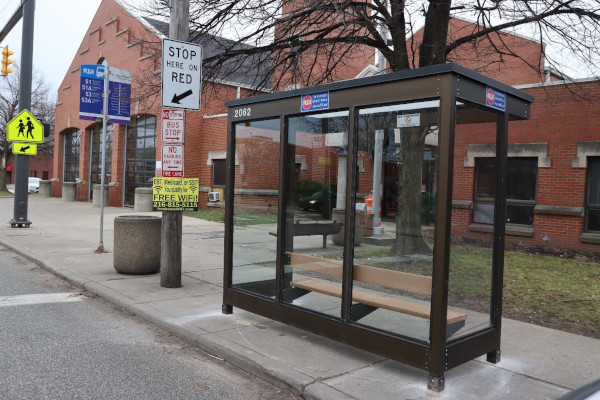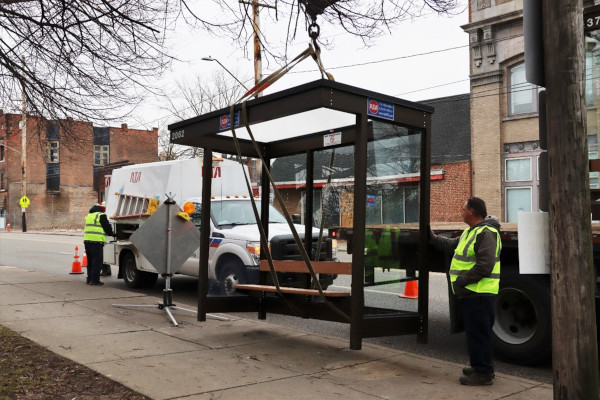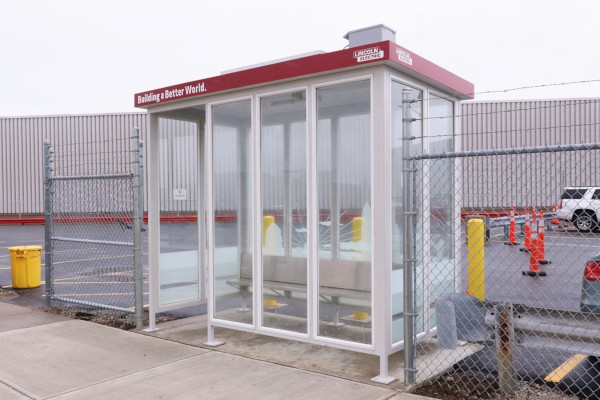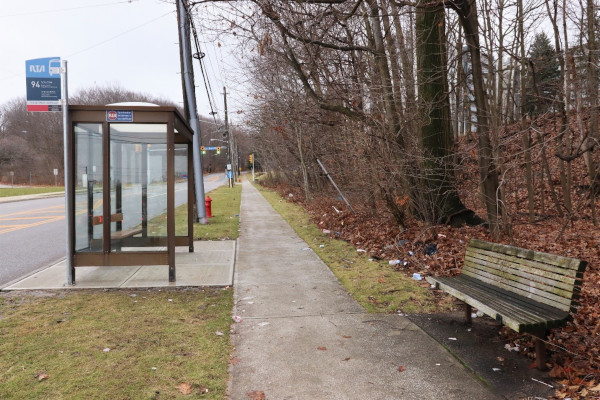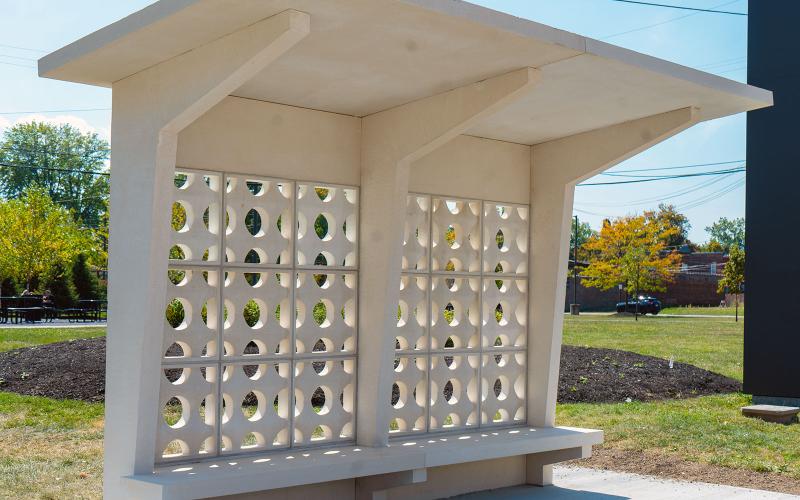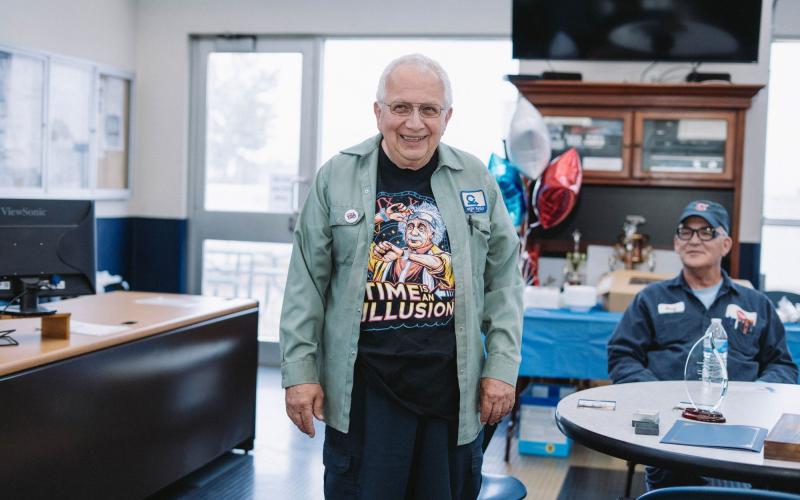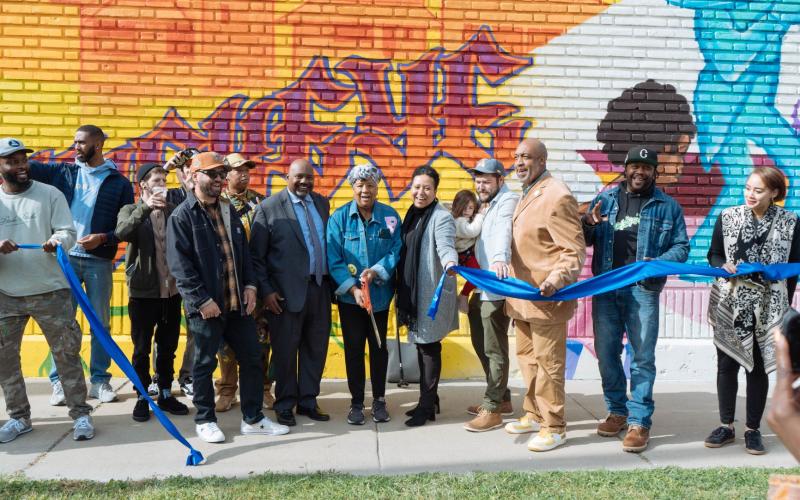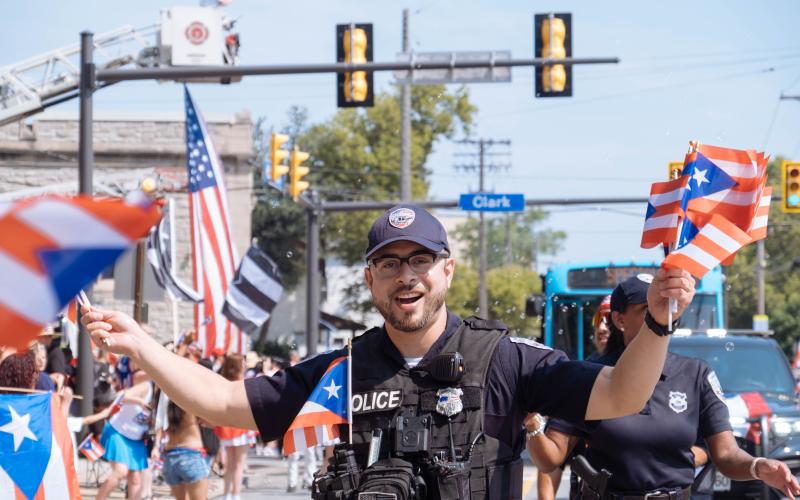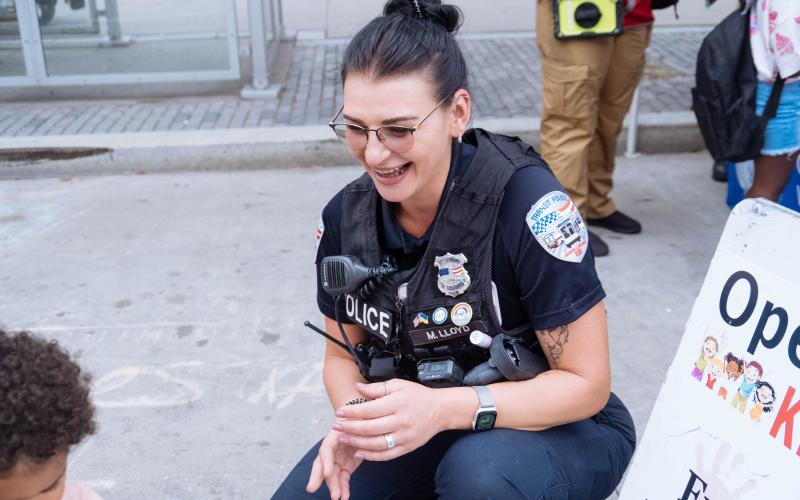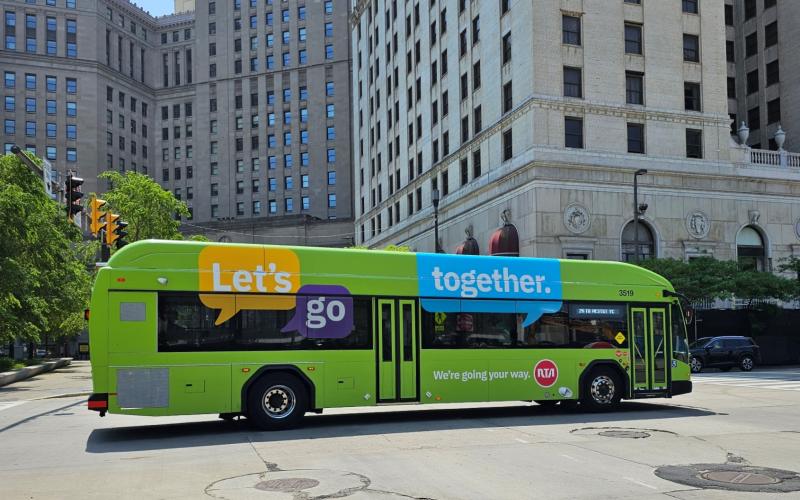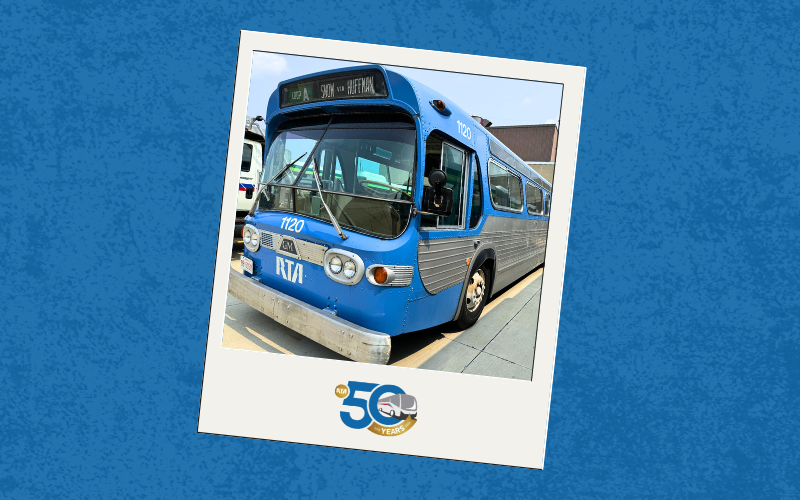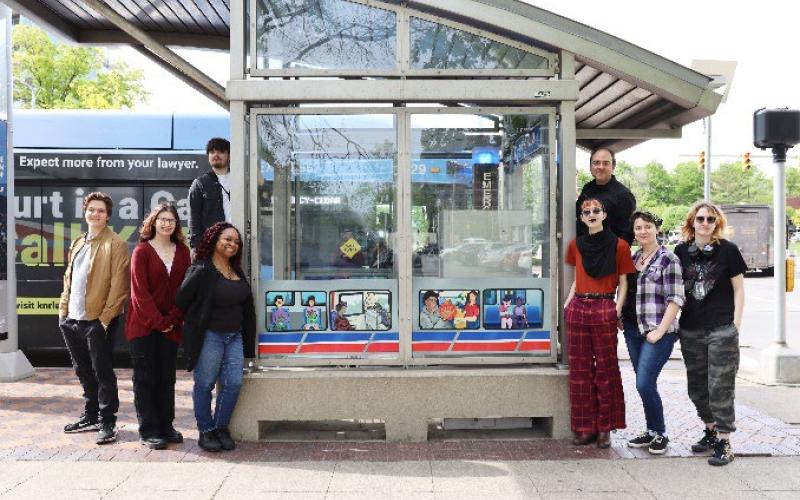Feb 16, 2024
The Benefits of Bus Shelters
Bus shelters are much more than a convenience; they are an important component of public transportation. The importance of these structures is often overlooked but can contribute to the overall rider’s experience. Bus shelters are a key part of a public transit system and serve multiple purposes. They provide weather protection, showcase community artwork, present advertising opportunities, and promote the use of public transportation. The availability and quality of bus shelters significantly impact public transportation ridership. The more people feel comfortable while waiting for a bus, the more likely they are to use the service regularly (Mobility Lab, 2019). This can lead to reduced traffic, lower levels of air pollution, and even promote an active lifestyle (Air Dri Group, 2021).
Installation of a GCRTA Bus Shelter
Greater Cleveland Regional Transit Authority (GCRTA) has an extensive process for determining the location of bus shelters. GCRTA identifies a location or receives an inquiry from a rider, municipality, or private property owner for a bus shelter. Once a potential site is identified, measurements are taken to assess its suitability for a bus shelter. GCRTA follows specific criteria to determine the placement of each shelter, guided by service codes that require a minimum of daily users at the stop. Collecting data on transit users is achieved through staff and technology. Upon identifying a bus shelter location, GCRTA engages with the municipality to coordinate the installation process. If the proposed location aligns with the GCRTA service code criteria, the agency covers the costs associated with installing and maintaining the shelter. In cases where a location doesn't meet GCRTA's requirements, there is the Community Partnership Investment Program (CPIP).
Community Partnership Investment Program (CPIP) and Adopt-a-Shelter Program
The Community Partner Investment Program (CPIP) allows individuals, businesses, or organizations to provide funds to GCRTA for the purchase of a new, non-existing shelter at a bus stop of their choosing. GCRTA can guide in determining the ideal and most impactful location for new shelters. After the community partner provides payment, GCRTA will order the shelter, install it, and maintain it according to its standards. Under the CPIP, there are many shelter options available that community partners can choose from, starting with a standard shelter layout. Community partners also have the flexibility to enhance their chosen shelters by incorporating custom additions within GCRTA guidelines, such as the addition of a bike rack. Furthermore, community partners can also further customize shelters in GCRTA’s standard style with various pre-approved roof options. For those seeking a more personalized touch, GCRTA allows shelters that incorporate different designs and community branding initiatives. This involves applying custom art to shelter glass through an adhesive vinyl wrap. It's worth noting that GCRTA has an additional program, designed for individuals or community groups, known as the Adopt-a-Shelter Program.
Click here for information on the CPIP program.
The Adopt-a-Shelter Program is available for an individual or community group interested in helping GCRTA maintain a pre-existing shelter. This program invites local businesses, organizations, churches, individuals, etc. to play an active role in ensuring the maintenance of their nearby shelters. The program operates on a two-year adoption cycle, fostering a sense of community engagement and responsibility.
Click here for more information on the Adopt-a-Shelter program.
Shelter Projects throughout Greater Cleveland
The City of Euclid Shelter Initiative
After calculating the data for ridership and meeting the ridership criteria, GCRTA determined that several existing bus stop locations in Euclid could warrant a bus shelter. Collaborating closely with the City of Euclid, GCRTA facilitated the necessary steps for these installations. During this collaborative effort, it became known that the City of Euclid needed to pour new concrete to accommodate the shelters. GCRTA assisted Euclid City officials in determining the measurements required for the concrete pad and its optimal sizing. The City of Euclid covered the costs for the installation of the concrete. Once the concrete was in place, GCRTA proceeded to install the shelter, which replaced the existing bench to enhance the rider’s experience by protecting them from the weather elements.
Lincoln Electric Shelter Project
Upon recognizing that a portion of its workforce relies on public transit for commuting, Lincoln Electric took the initiative to independently purchase and install a bus shelter on its property. Following the installation, Lincoln Electric reached out to GCRTA with a commitment to enhancing the commuting experience for its employees who use public transportation. Given that the shelter is on Lincoln Electric's property, the company holds responsibility for shelter maintenance. GCRTA suggested installing concrete to offer a solid walkway for individuals waiting in the shelter. Lincoln Electric then installed the concrete walkway, with GCRTA confirming that it followed ADA standards. This serves as a commendable example of a private employer investing in enhancing the overall public transit rider experience.
Alongside the Lincoln Electric and Euclid Shelter projects, GCRTA has installed several shelters in the City of Cleveland and other municipalities including Richmond Heights, Fairview Park, and others. Going beyond the consideration of ridership alone, GCRTA is also mindful of the placement of bus stops and shelters, by planning how riders access and depart from these transit points.
